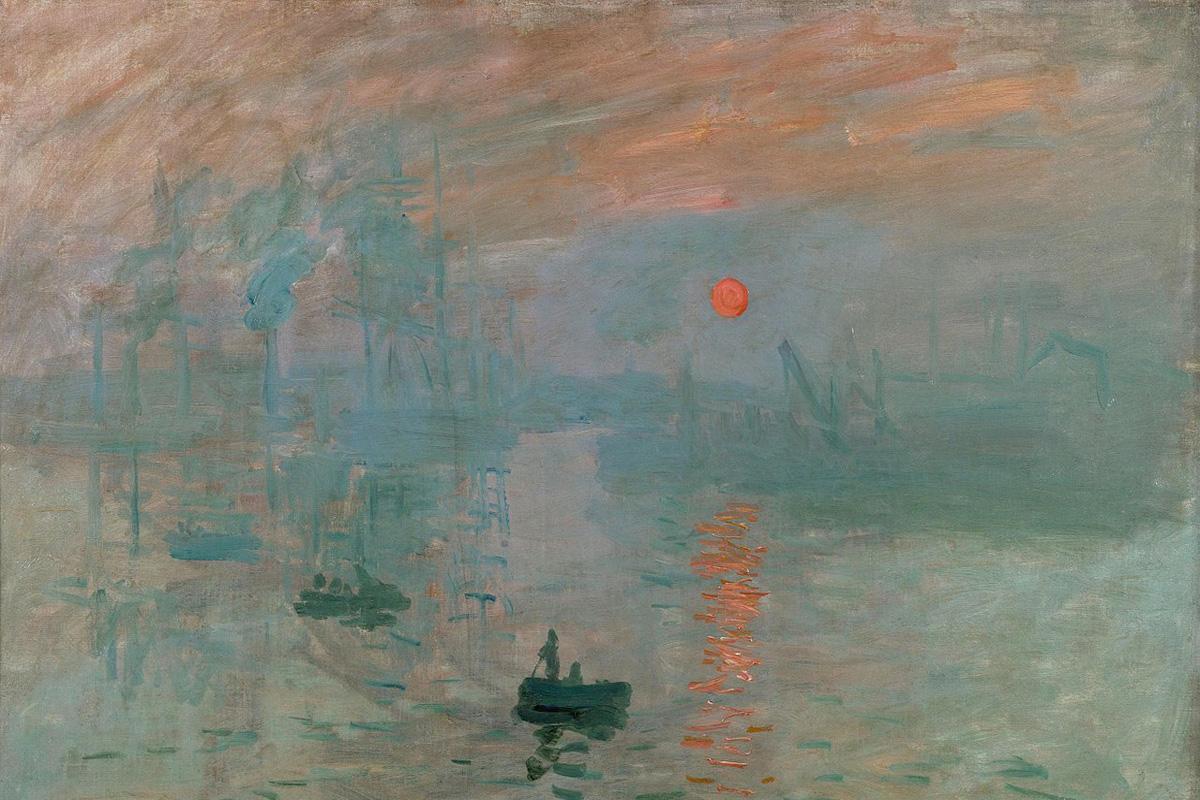D: (SINGING) Sunrise, sunset! Sunrise, sunset!
Y: Don, what are you doing?
D: Just musing over today's topic, Yaël, and it's a stumper. Why does the sunset take more time than the sunrise?
Y: I'm not sure what you mean.
D: Well, I've been waking up early and timing the sunrise, and I've noticed that it takes much less time for the sun to light up the sky at dawn than it does for all the light to disappear after the sun sets at dusk.
Y: You've been waking up at dawn to time the sunrise?
D: Well, yeah. So then I started thinking--the sun rises and sets at the same angle, so how can this be?
Y: I'm betting you know the answer already.
D: Of course I do. In the morning, the air is clearer and cooler than it is in the evening, and so the light doesn't scatter as much. This means that at dawn, the sun has to be pretty close to the horizon before it starts lighting up the sky. Now, at sunset, the lowest mile or so of the atmosphere is filled with things like vehicle exhaust, dust, smoke, and water vapor, and all these pollutants scatter light. This means that at dusk, the sun can dip farther below the horizon before we stop seeing all the light. Then, at night, the pollutants get a chance to disperse, and the whole cycle begins again.
Y: Why do I suddenly feel depressed?
D: On the bright side, this effect is much less noticeable in the winter, when dust and haze stay closer to the ground.
Y: That's the bright side?










